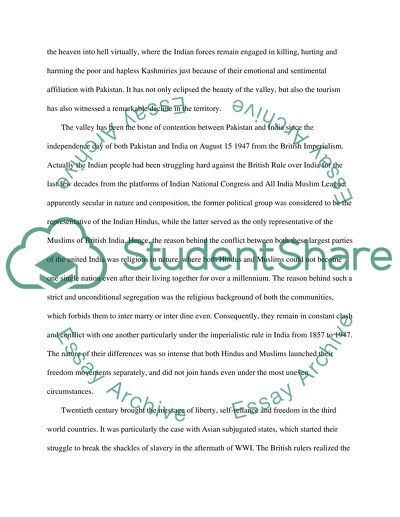Cite this document
(“Kashmir Conflict: Gun Control Essay Example | Topics and Well Written Essays - 1500 words”, n.d.)
Retrieved de https://studentshare.org/other/1390216-gun-control
Retrieved de https://studentshare.org/other/1390216-gun-control
(Kashmir Conflict: Gun Control Essay Example | Topics and Well Written Essays - 1500 Words)
https://studentshare.org/other/1390216-gun-control.
https://studentshare.org/other/1390216-gun-control.
“Kashmir Conflict: Gun Control Essay Example | Topics and Well Written Essays - 1500 Words”, n.d. https://studentshare.org/other/1390216-gun-control.


